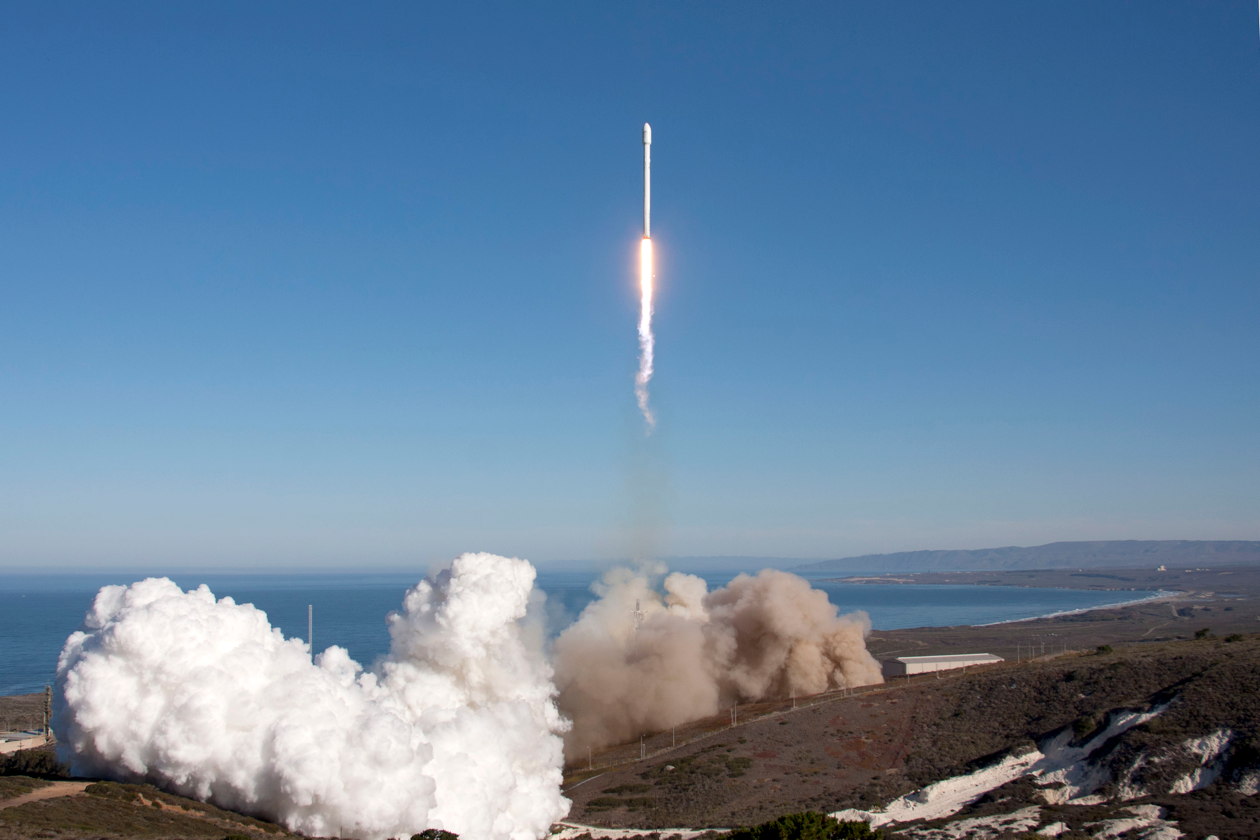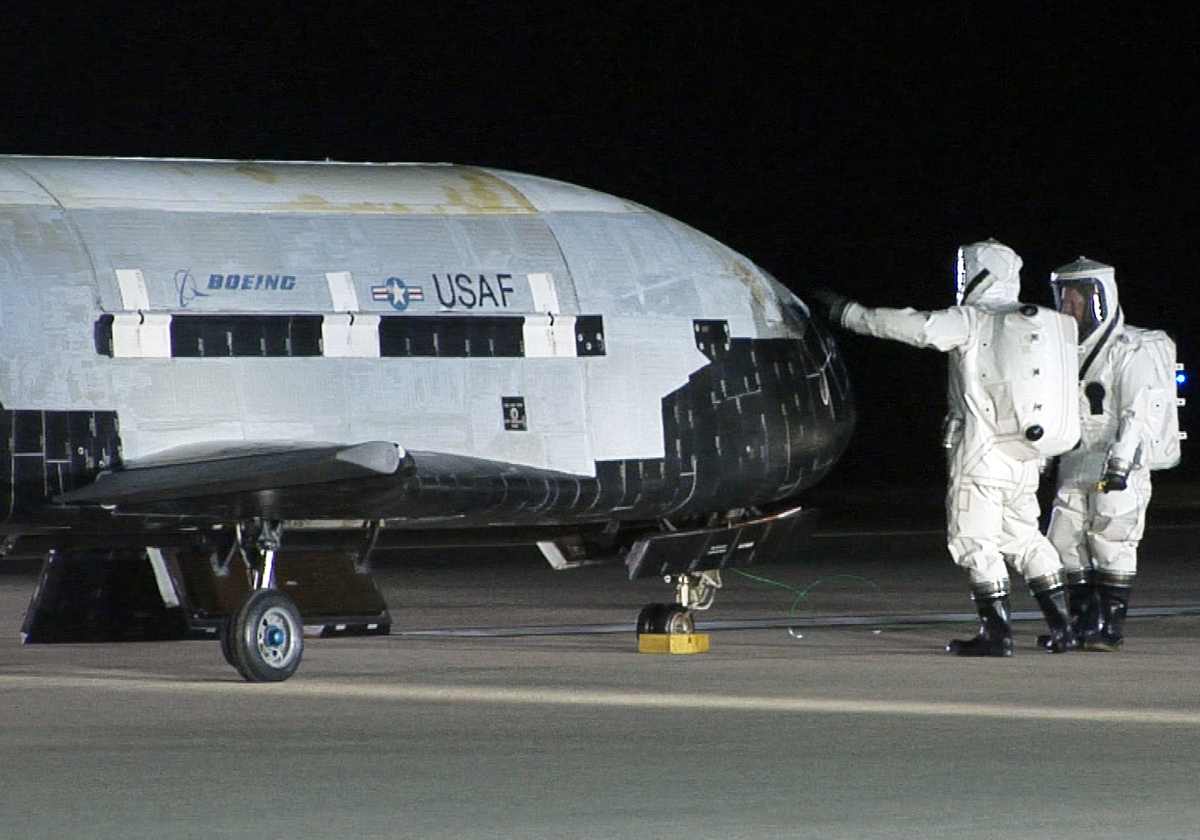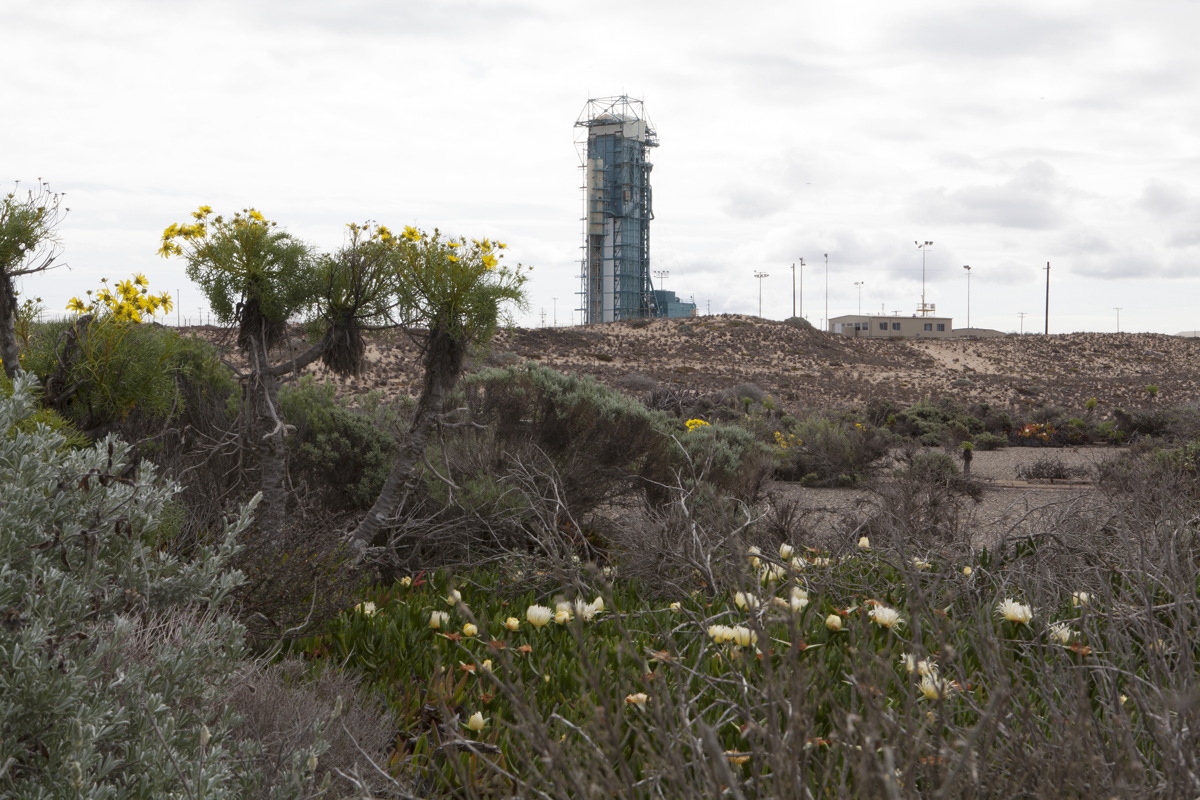Vandenberg: West Coast Launch Site

Vandenberg Air Force Base is a military facility on the west coast of California. It also launches spacecraft. As of 2015, the facility had hosted more than 700 launches and 1,100 ballistic launches.
The base was originally called Camp Cooke when it was established in 1941, focusing on infantry troops. Sixteen years later, it was transferred to the Air Force and renamed Cooke Air Force Base. The year 1957 was an important year for space exploration, as that was when the first satellite, Sputnik, flew into space. In 1958, the first U.S. satellite, Explorer 1, followed.
"Vandenberg began its transformation into a space and missile test facility," officials wrote on the base's website. "In a relatively remote location, Vandenberg offers an ideal location for safely testing intercontinental ballistic missiles as well as launching satellites into polar orbit without flying over populated areas."
Vandenberg's location in California makes it a good spot to launch polar-orbiting satellites. Not only is it remote, but it is also right next to the coast — allowing for target practice in the Pacific Ocean, or bringing satellites to polar orbit without flying over populated areas. Because these sorts of satellites can map the entire world as it rotates underneath them, this makes them ideal for reconnaissance purposes. As such, the first satellite Vandenberg launched, Discoverer 1, was intended to start the Corona reconnaissance satellite program. Discoverer 1 didn't reach orbit, but successor satellites did.

Brief history
Once Sputnik launched, the Air Force ramped up its missile program and also transferred the base to Strategic Air Command, according to the website. Construction at Cooke began on May 9, 1957. Air Research and Development Command, which previously had control of the base, was responsible for building facilities, as well as doing research and development of launch vehicles. At the time, the United States and the Soviet Union were each working on satellite programs, as well as testing for intermediate range ballistic missiles and intercontinental ballistic missiles.
Cooke was renamed Vandenberg on Oct. 4, 1958, in honor of Gen. Hoyt Vandenberg, the Air Force's second chief of staff. The first launches began that December, with a Thor IRBM launching on Dec. 16, 1958. Discoverer 1 launched on Feb. 28, 1959, and the first Atlas rocket took off on Sept. 9, 1959.

Manned Orbiting Laboratory and space shuttle
Vandenberg's Space Launch Complex 6 was originally created for the Manned Orbiting Laboratory (MOL), a military program that was intended to fly astronauts and to do some reconnaissance from space. Construction started in 1966. The program, however, was cancelled in 1969, in part due to costs overruns and in part because satellites were becoming more capable and able to do reconnaissance at a much cheaper cost than humans.
Several of the MOL astronauts were transferred to NASA, and a few would get to fly on the space shuttle program (including Bob Crippen, who was on the first space shuttle flight, Columbia, in April 1981.) In the early years of the space shuttle program, NASA partnered with the Department of Defense to fly several classified missions due to U.S. policy that discouraged the DOD from using expendable launch vehicles (ELVs).
At the time, all space shuttles launched from the Kennedy Space Center. The location was ideal for equatorial orbits since Kennedy's low latitude made it easy to use the Earth's rotation as a speed boost to launch the space shuttle. A polar orbit, however, would take too much fuel. So the complex at Vandenberg was retrofitted for space shuttle flights.
The space shuttle program, however, was not living up to advertised expectations. Some officials in the 1970s had estimated the shuttle could fly up to 50 times a year. But as flights continued, it was clear that getting the shuttle ready between flights would take months, according to a Space.com article from 2011. The ELV policy was revised in 1985, allowing the Air Force to use rockets as well as the shuttles for its flights.
The shuttle was still expected to fly out of Vandenberg, however, until the Challenger space shuttle explosion of 1986 changed space policy forever. With seven astronauts dead and a new reminder that the shuttle was not a normal commercial vehicle, space policy was revised again to only use astronauts for defense payloads if humans were required to launch the satellite. Otherwise, military payloads were free to use ELVs as they had before.
The shuttle program at Vandenberg was terminated in 1989. The pad was used for a handful of Lockheed Martin Athena launches in the 1990s, then was modified for Boeing's Delta 4 heavy rocket.
Space activities today are run under the 30thSpace Wing. It not only hosts launches for the Air Force and the Department of Defense, but also NASA and several private industries. Common rockets that launch from the facility include the Atlas V, Delta IV, Delta II, Falcon, Minotaur, Pegasus and Taurus. The facility is also known to launch intercontinental ballistic missiles for testing purposes. SpaceX is also expected to start using the facility for launches in the near future.
Additional resource
Join our Space Forums to keep talking space on the latest missions, night sky and more! And if you have a news tip, correction or comment, let us know at: community@space.com.
Get the Space.com Newsletter
Breaking space news, the latest updates on rocket launches, skywatching events and more!

Elizabeth Howell (she/her), Ph.D., was a staff writer in the spaceflight channel between 2022 and 2024 specializing in Canadian space news. She was contributing writer for Space.com for 10 years from 2012 to 2024. Elizabeth's reporting includes multiple exclusives with the White House, leading world coverage about a lost-and-found space tomato on the International Space Station, witnessing five human spaceflight launches on two continents, flying parabolic, working inside a spacesuit, and participating in a simulated Mars mission. Her latest book, "Why Am I Taller?" (ECW Press, 2022) is co-written with astronaut Dave Williams.










